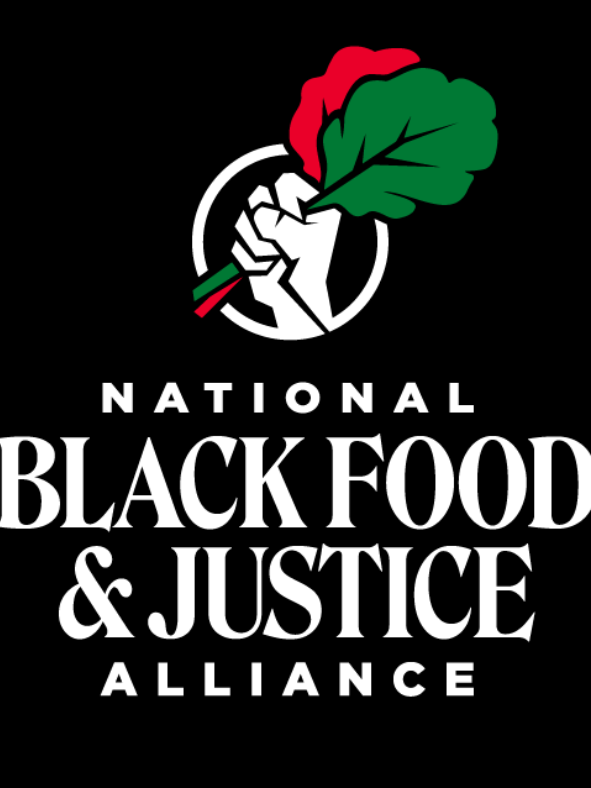Black Land and Power Business Planning
Land held by Black farmers declined precipitously from a high of 16 million acres in 1910 to 4.7 million acres today. How could Urbane assist the National Black Food and Justice Alliance envision a dynamic land holding entity and strategies to further Black self-determination and sovereignty?

Overview
The National Black Food and Justice Alliance selected Urbane to develop potential strategic directions and implementation approaches for the Resource Commons, a fund-like initiative that seeks to take land off the speculative market and transfer it to Black land stewards and farmers.
National Black Food and Justice Alliance
2021-2022
Case Study Precedents
Funding Sources and Uses Memo
Place-Based Investment Strategies
Operational Approach and Recommendations

Synopsis
NBFJA (or "The Alliance") is a coalition of Black-led organizations, developing Black leadership, supporting Black communities, organizing Black self-determination, and building institutions for Black food sovereignty & liberation. The Alliance is a resolutely mission-oriented organization who is steadfastly committed to the ideals of self-determination, non-extraction, and community-led, democratic governance. This necessitated Urbane to come up with solutions that delicately balanced these principles with the need to generate sufficient revenues to ensure the Resource Commons ongoing financial sustainability.
Urbane’s initial work consisted of a discovery phase that assessed the Alliance’s existing organizational infrastructure and workflows, the initiative’s preliminary legal and governance structures, and the key values and mission determinants that drive decision making. Urbane accomplished this through an extensive review of strategic planning materials and other documents (draft bylaws, etc.), approximately a dozen interviews with NBFJA stakeholders, and two surveys of Alliance members and staff. This fact-finding process was followed by a case study exercise in which Urbane assembled six profiles of analogous enterprises, outlining key operational characteristics and investment activities, extracting best practices, and identifying points of convergence (or divergence) between them and the vision for the Resource Commons.
The latter half of the project was focused on researching the market conditions related to land acquisition and agricultural enterprises in six target regions and formulating place-based strategies that responded to the prevailing dynamics that emerged. Urbane’s approach here was both quantitative and qualitative, exploring a variety of supply and demand side indicators as well as meeting with a handful of NBFJA members in these geographies who were already investigating investment opportunities themselves. From there, Urbane developed operating frameworks and implementation “roadmaps” that aggregated the findings accumulated and offered recommendations regarding how the Resource Commons and the Alliance could move to execute each of the four strategies.
DELIVERABLES:
- An existing conditions memo that assessed the current status of the Resource Commons initiative and identified the outstanding essential questions that Urbane’s work would help resolve.
- A case study document that profiled six precedent models for how funds can be deployed in support of land acquisition and other impact-oriented projects in the realm of food sovereignty.
- A comprehensive funding and financing sources matrix that included a description of and details regarding the volume available, eligibility criteria, and application process for 100+ opportunities.
- A final deliverable that outlines four place-based investment strategies or the Resource Commons and corresponding implementation approaches complete with supporting market research, site selection and project planning considerations, funding sources and uses, and a proposed operational approach that includes recommendations related to governance, investment process, staffing, and back end office.


